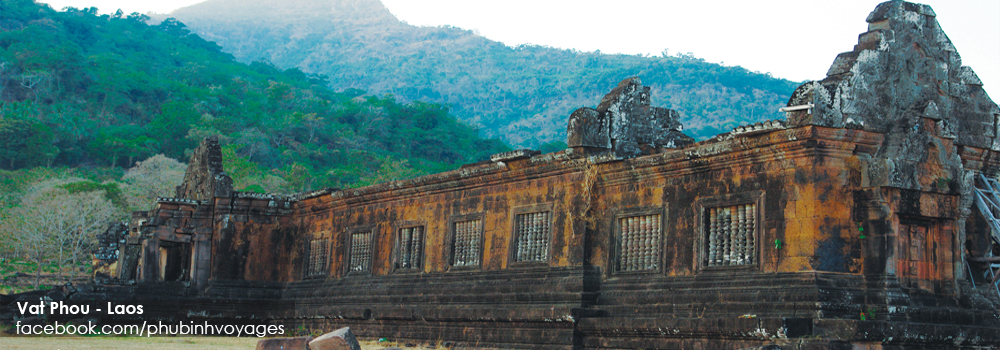General presentation of Laos
Laos is a landlocked country in Southeast Asia, Laos’s lifeline is the Mekong River, which runs the length of the country and it is considered a place to exchange of two great cultures: India – China. This ancient kingdom of the “Millions of Elephants” is world renowned mainly for spectacular natural scenery full of rugged mountains, impressive waterfalls and the mighty Mekong River with many famous sites such as Pha That Luang, Patuxay Triomphe, ancient Sisaket temple, Luang Prabang, etc. Due to the same cultures to neighboring countries, especially Thailand, Buddhist associated entirely to the daily life of the Lao people.
Official name : Lao People's Democratic Republic
Area : 236 800 km²
Population : 6,8 million (2014)
Capital : Vientiane
Largest cities : Vientiane, Luang Prabang, Savannakhet
Official languages: Lao
Religion : Buddhist
Currency : Kip
History and culture
Since Laos is bordered by many large countries, they often suffered from many colonial conquests by region rivals as well as many European countries. As a result, Laos today has cultural influence from France, Thailand, China, Vietnam, Burma and Cambodia. The history of Laos is unique with a national character defined by its diversity in both culture and customs.
We can say Buddhism is the biggest influence on Lao culture, which plays a role in the country’s arts, music and literature. Buddhism remains an integral part of daily life and religious festivals are important events throughout the year. Every day, people can be seen giving alms to monks and going to temple to pray and give offerings. The minorities of Laos are also part of the country’s culture.
Climate
Laos has a tropical monsoon climate with three distinct seasons. A rainy season is from May to October, a cool dry season is from November to February, and a hot dry season is in March and April.
Laos at a glance
After being award the "World Best Tourist Destination" for the combination of architecture and history by The European Council on Trade and Tourism in 2013. Laos is increasingly known by many people around the world and chose for their holidays.
The main attractions for tourists such as Vientiane, Xiengkhoang, Luang Prabang, Thakhek, Savannakhet, Pakse Champasak.
Coming here, you will discover Buddhist culture and colonial architecture in Luang Prabang; have knowledge about Laos Civil War history in Sam Neua, comtemplate ancient temples in That Luang or the Great Stupa, a national symbol of Vientiane and also the most sacred monument in the country.


The Plain of Jars region has recently uncovered an ancient burial ground in a region known as “Site 1” in Xieng Khouang Province.
As Vietnam, Laos is diverse in terms of its people. Colorfully dressed hill tribes populate the higher elevations, the Buddhist monasteries of the ethnic Lao in the delta. Trekking and visiting hill tribes in a number of areas including Phongsaly and Luang Namtha for experiencing the rural life here.
Wat Phu (meaning ‘mountain temple’) is an ancient Khmer temple complex, recognized as UNESCO World Heritage sites. The outstanding of this site is all the structures of the Wat Phou are built on seven terraces, aligned on an axis from the Mekong river bank towards the mountain. A stunning views over the surrounding land and Mekong River is waiting for you when you come here.

Laos New Year which is celebrated around 13–15 April, Laos people stand along the roads with water ready on hand splash water on each other for good luck, well wishes, and fun for the whole year. But this festival isn’t bigger than that of Thailand and other South-East Asian countries.
The gastronomy of this country, the combination of two great cultures India – China will give you a special experience. FurthermoreLaos is known for its silk and local handicraft product, both of which are on display in Luang Prabang's night market, among other places. Another speciality is mulberry tea.
Our Gallery will take you a small discovery the “Millions of Elephants” – Lao!




.png)








